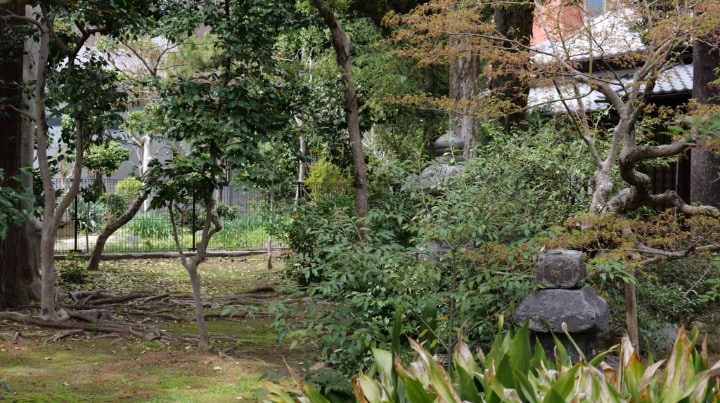Natsume Sōseki’s Former Residence Uchitsuboi
Author: Richard Perkins
Photos/Videos Taken: 2025/03/30
Address: Kumamoto-Shi, Kumamoto,
Chuo-ku, Uchitsuboi-machi 4-22 【860-0077】
Admission Fee: Adult ¥200 |
Elementary/Middle School Student ¥100 | Anyone Younger Free
One of the most well-known authors in Japan is Natsume Sōseki. He lived during the Meiji period (1868-1912) and wrote many renowned books, including “Kokoro” and “I Am a Cat.” Born in Tokyo, he lived in several prefectures across the country. He even spent some time studying in the United Kingdom. Many Japanese people associate Natsume Sōseki with Ehime Prefecture, where he spent (roughly) a year of his life and wrote about his experiences in the book “Botchan”. However, the Kantō region and the Shikoku region of Japan were not the only regions of Japan where he lived. Natsume Sōseki also spent some time in the Kyūshū region. Before studying abroad in the United Kingdom (where he was from 1896 to 1900), he lived in Kumamoto Prefecture. He only spent four years and three months there, but he kept himself busy and moved six times in this prefecture. The fifth house that he lived in while in Kumamoto Prefecture still exists. Now a museum, it’s open to the public as the “Natsume Sōseki’s Former Residence Uchitsuboi”.
This particular house is the one that Natsume Sōseki lived in the longest while in Kumamoto Prefecture. He lived here for roughly one year and eight months. It’s unclear exactly when this particular house was built. However, it’s the only house across Japan that Natsume Sōseki lived in that still exists where it was originally built, and the only one open to the public as a museum. This house is (probably) most well-known as the house where his daughter (and first child) was born. This house has mostly traditional Japanese rooms; it almost looks like the former house of a samurai (a class of warriors in Japan that dominated the Japanese government until the Meiji Restoration in 1868). Despite this traditional atmosphere, there is one Western-style room here. This gives the house an aesthetic feeling typical of the Meiji period. This type of house isn’t commonly found in Japan anymore; it’s a beautifully constructed house that (compared to many modern Japanese homes) is rather large.
Believe it or not, Natsume Sōseki wasn’t an author yet and didn’t write any books in Kumamoto Prefecture. Later in his life, he wrote two books(”Kusamakura” and “210th Day”) set in Kumamoto Prefecture. Even though he hadn’t done any writing in this prefecture, it seems as if Natsume Sōseki spent time collecting information he would later use for his books while here. There’s a chance that Natsume Sōseki’s Former Residence Uchitsuboi impacted (some of) the stories he wrote.
Throughout this museum, several items relating to Natsume Sōseki are on display. First editions of several of his books can be found, and there’s even a ¥1000 note with his face on it. This particular note was printed from 1984 to April 2nd, 2007. This is a valuable note that’s hardly ever seen anymore.
At Natsume Sōseki’s Former Residence Uchitsuboi, there is a traditional Japanese-style garden. This magnificent large garden can be viewed from the 縁側 (engawa—a Japanese-style porch). Many trees and other vegetation have been planted in this garden, which has a tranquil atmosphere that blocks the murmur of city life. Traditional Japanese gardens are becoming increasingly rare in modern Japanese homes, so this is one precious garden.
Natsume Sōseki is (as mentioned above) one of the most renowned Japanese authors. His stories are so well written that they’ve greatly impacted the Japanese. The only house of his that still exists that anyone can look at is (as also mentioned above) the one here in Kumamoto Prefecture. Here, one can learn about one of the greatest authors of all time. Also, seeing as many traditional Japanese houses are dwindling in modern days, seeing a house like this up close is a special experience. When visiting Kumamoto Prefecture, stop by Natsume Sōseki’s Former Residence Uchitsuboi and say “hi” to one of the most fantastic and well-revered Japanese authors.
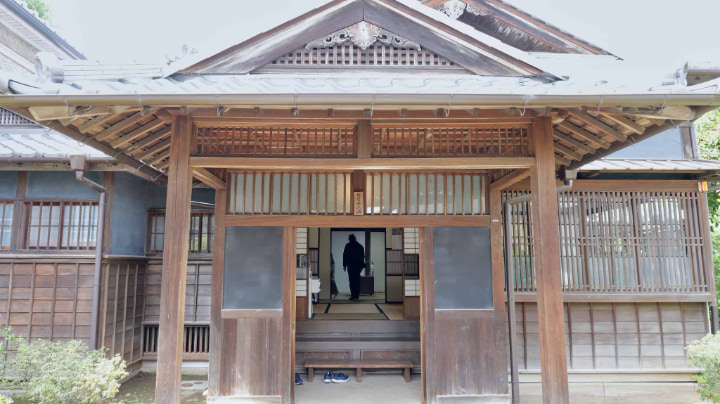
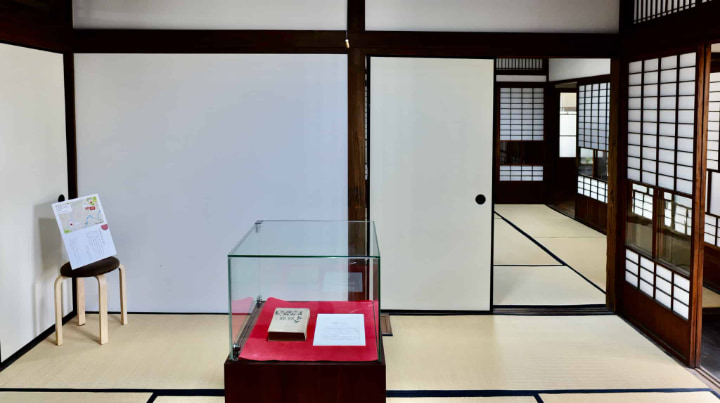

Released in the Meiji period, this is a first edition copy of the book “Uzurakago”, a compilation of some of Natsume Sōseki’s short stories.
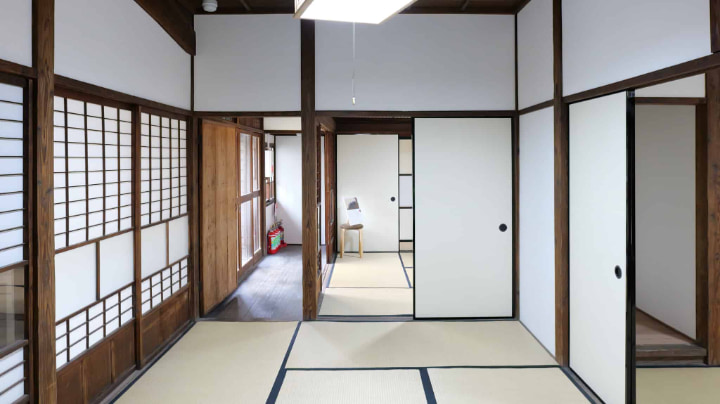
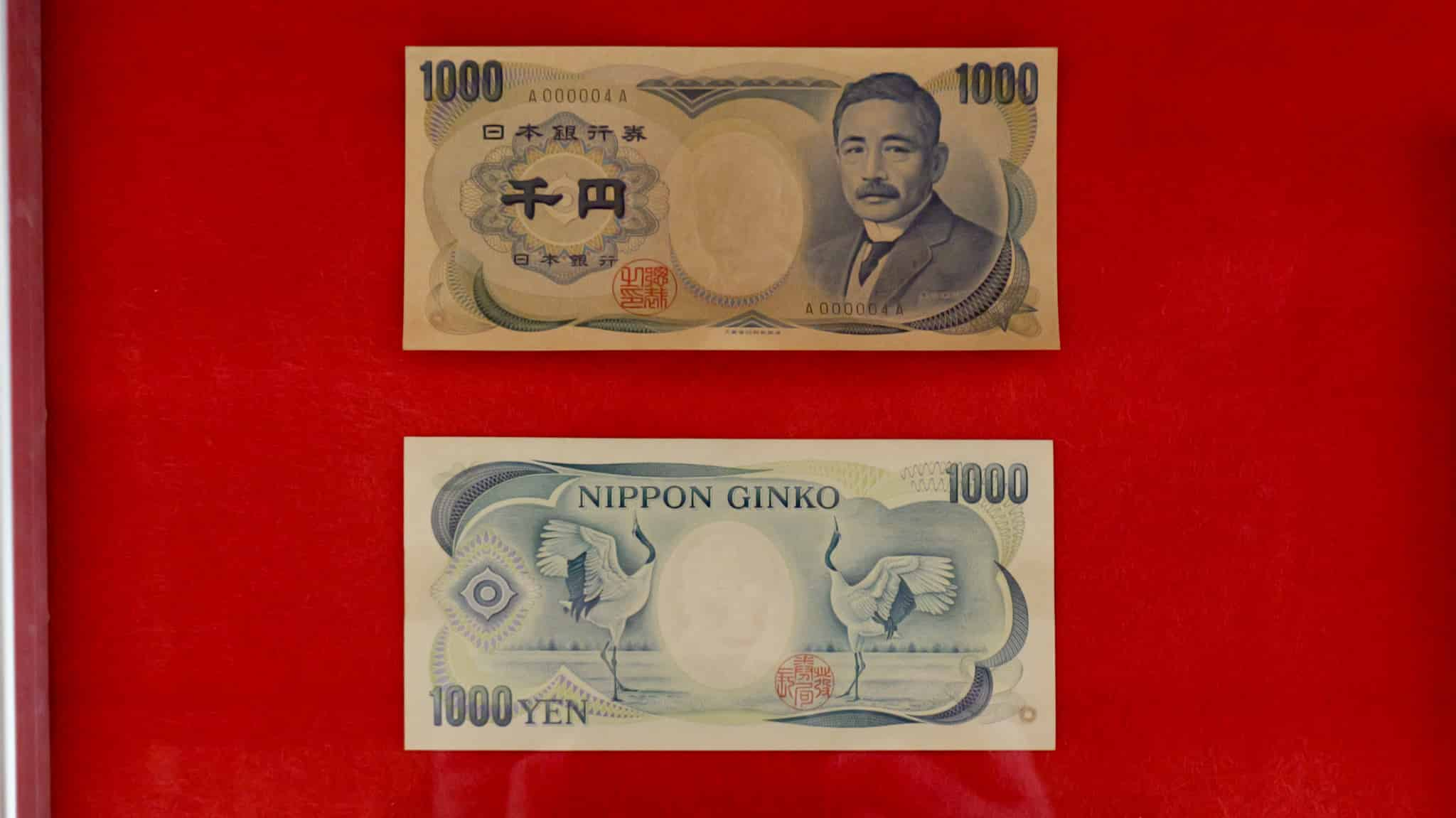
This is the ¥1000 note with Natsume Sōseki’s face on it.
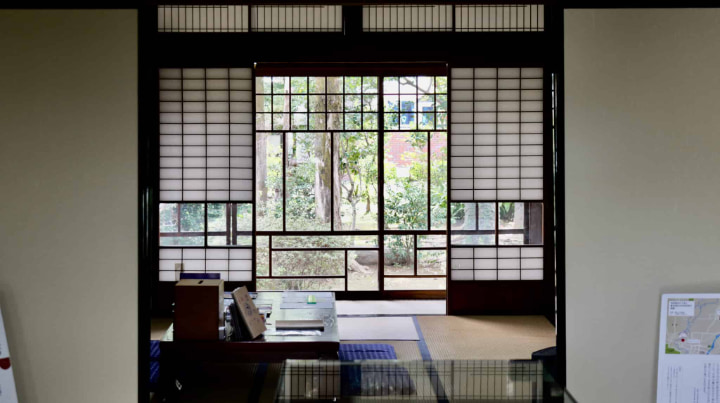
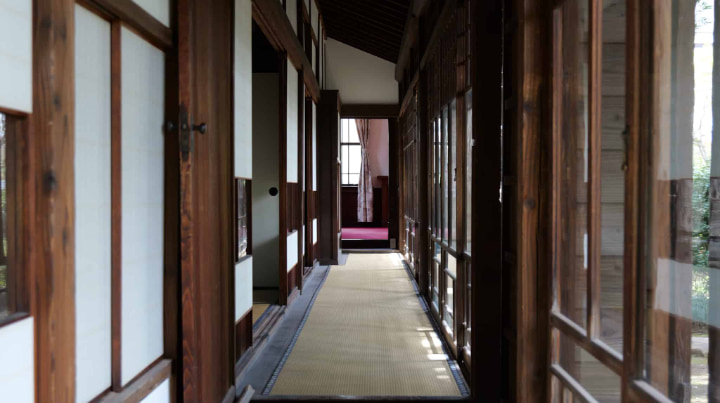
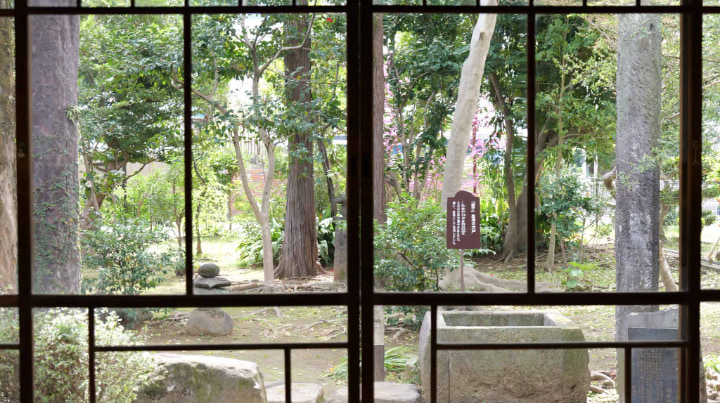

This is the (only) Western-style room inside the Natsume Sōseki’s Former Residence Uchitsuboi.
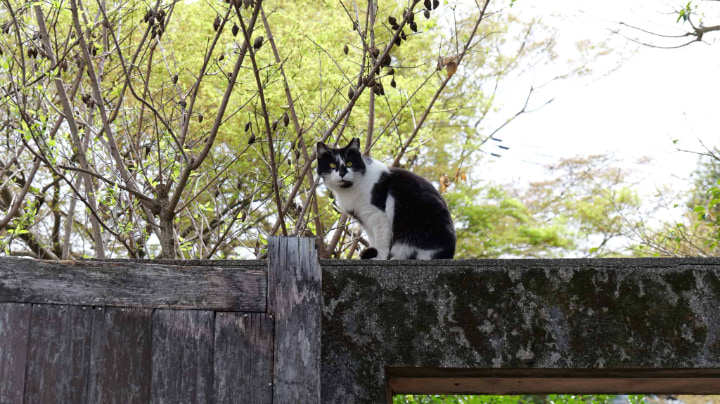
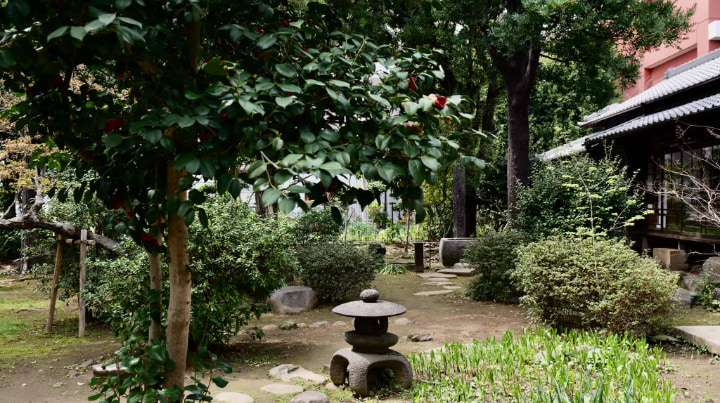
This is the Japanese-style garden here.
